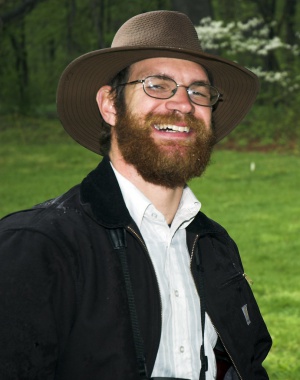(Document) Six Rules of Bigfoot Research
Editor's Note: This is something that Blake Mathys came up with and actually has a solid foundation that many researchers should embrace and take to heart.
By Blake Mathys About seven years ago I posted my "Six rules of Bigfoot research". These were decidedly unpopular with some researchers, although I received noticeable support from a few of the more "hard-line" investigators. Unfortunately, I deleted the rules in the intervening years. I've decided to attempt a resurrection, relying solely on memory.
These rules are meant to improve the quality of the evidence that we gather. Similar rules could be applied to any cryptozoological research and are indeed just extensions of healthy skepticism. Please feel free to comment or criticize by emailing me at squatchunter@hotmail.com.
1. Physical evidence (broken branches, moved rocks, stick formations, et cetera) that could have been caused by humans or known animals should not be regarded as Bigfoot-related.
2. Sounds that are heard without seeing the creature responsible cannot be directly linked to Bigfoot. While it may be necessary to suspend this rule during the course of an investigation, it must be imposed if no corroborating evidence is discovered.
3. It is not possible to reliably determine if people are lying simply by listening to their testimony.
4. Despite the real possibility of getting shot, people do walk around in gorilla outfits.
5. Most people are incredibly bad at judging heights, weights, and distances. If a witness did not have something in close proximity with which to compare height, estimates are likely to be inaccurate. This does not reflect on credibility, it is simply a common human attribute.
6. Despite no obvious monetary gain or fame, people will invent Bigfoot sightings to gain attention. This is true even if the attention is only from a few Bigfoot researchers.
Another rule that didn't quite make the list is "There are no caves". In Ohio, many Bigfoot witnesses will mention nearby caves as possible living areas for the creatures. These caves don't exist. There may be rock overhangs, but do not bother looking for actual caves. I'm not sure if this rule applies in other areas. (I know that there are actual caves in Ohio, but it has been my experience that searching for alleged Bigfoot-related caves is never successful.)
